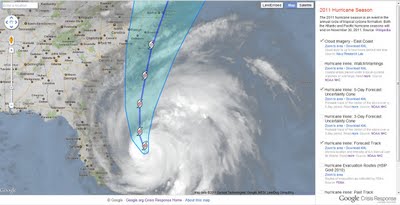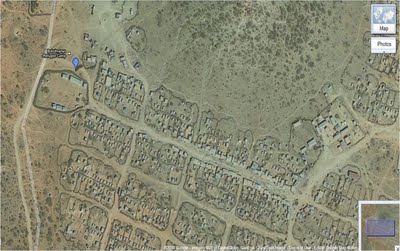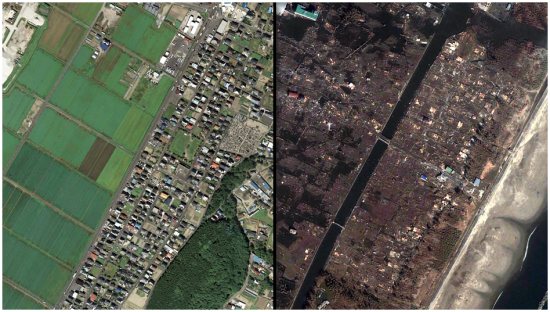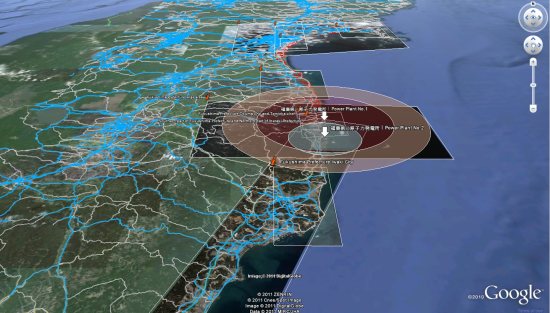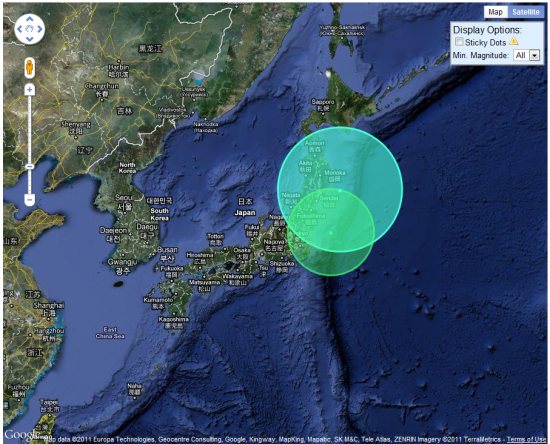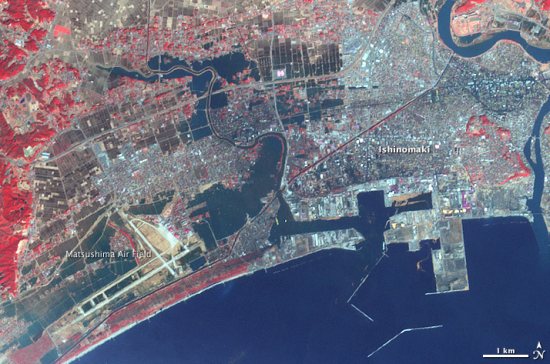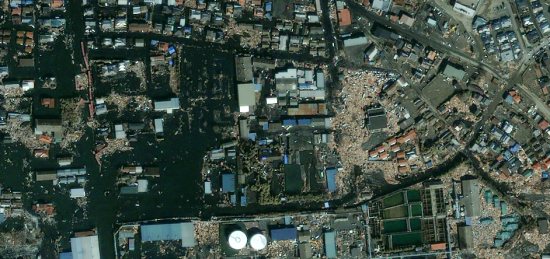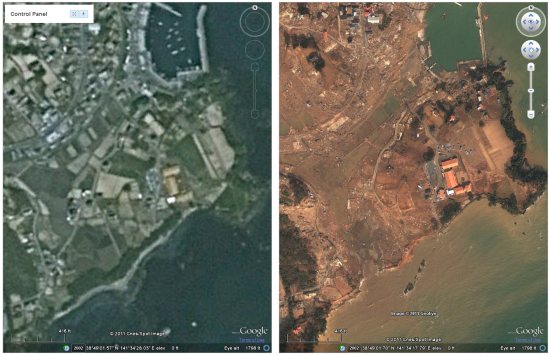With Hurricane Irene headed towards the East Coast of the United States, the Google Crisis Response team has assembled a collection of map data to help you keep track of the storm. From this map, you’re able to get most recent hurricane-related information from such sources as NOAA’s National Hurricane Center and FEMA.
To help explore this information, we’ve created the Google Crisis Map, a map viewer with the latest available geographic information. Here’s some more information about the map’s content and features:
- Google Crisis Map always shows the latest, valuable information we’ve been able to uncover on the most current situation
- You can zoom and pan the map using the on-screen controls, and turn layers of information on or off just by clicking
- You can find out more about the map layers by visiting the linked websites of the content owners
- The site is optimized for mobile, so you can look at the map on a mobile phone as well as your desktop
- You can also share the map, or embed it on your website or blog by clicking share to find the URL and HTML code
To provide feedback or comments on the map, or if you’re aware of map layers or other datasets that you would like to see included on our maps, please submit them for our consideration at google.org/crisismap. We’ll continue to update the Crisis Response website with other valuable resources on Hurricane Irene and relevant preparedness tips.
To view the projected and historical path of Hurricane Irene in Google Earth you can visit the Google Earth Gallery or download the KML file.
